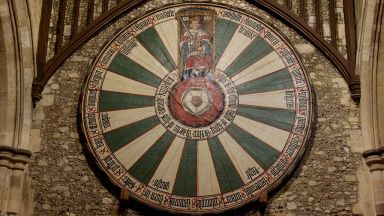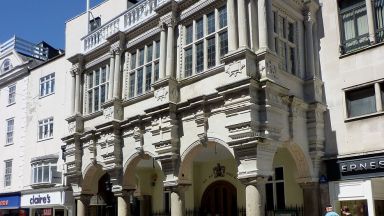Nottingham: The Complete Guide
Situated on the north bank of the River Trent, Nottingham is the county town of Nottinghamshire and encompasses a series of hills. With a rich history as a trading centre and manufacturing hub, the city has gained renown for its exquisite lace production.
In recent years, Nottingham has transformed into a thriving cultural destination, offering a wealth of attractions. Visitors can immerse themselves in the vibrant arts scene by exploring two prominent theatres and various art galleries. The city also plays host to an array of captivating festivals and events, including the highly anticipated annual Nottingham Goose Fair.
Referred to as the “Queen of the Midlands,” Nottingham charms visitors with its wide streets and picturesque parks, such as the Arboretum, Embankment, and Colwick Park. These green spaces provide a delightful backdrop for leisurely strolls and relaxation. Additionally, Nottingham serves as an ideal starting point for venturing into the nearby Sherwood Forest, the legendary abode of the renowned folk hero, Robin Hood. While the forest may have diminished in size over time, traces of its existence permeate the city, lending it a truly distinctive ambiance.
Visiting Nottingham for the first time and wondering what are the top places to see in the city? In this complete guide, I share the best things to do in Nottingham on the first visit. Top help you plan your trip, I have also included an interactive map and practical tips for visiting!
This website uses affiliate links which earn a small commission at no additional cost to you.
1 Best places to See in Nottingham
This complete guide to Nottingham not only tells you about the very best sights and tourist attractions for first-time visitors to the city but also provide insights into a few of our personal favorite things to do.
This is a practical guide to visiting the best places to see in Nottingham and is filled with tips and info that should answer all your questions!
Shipley Country Park

Location: Shipley Country Park, Heanor, UK | Price: Free entry. Car parking charges apply. | Website | Distance: 14.50km
Visiting Shipley Country Park


